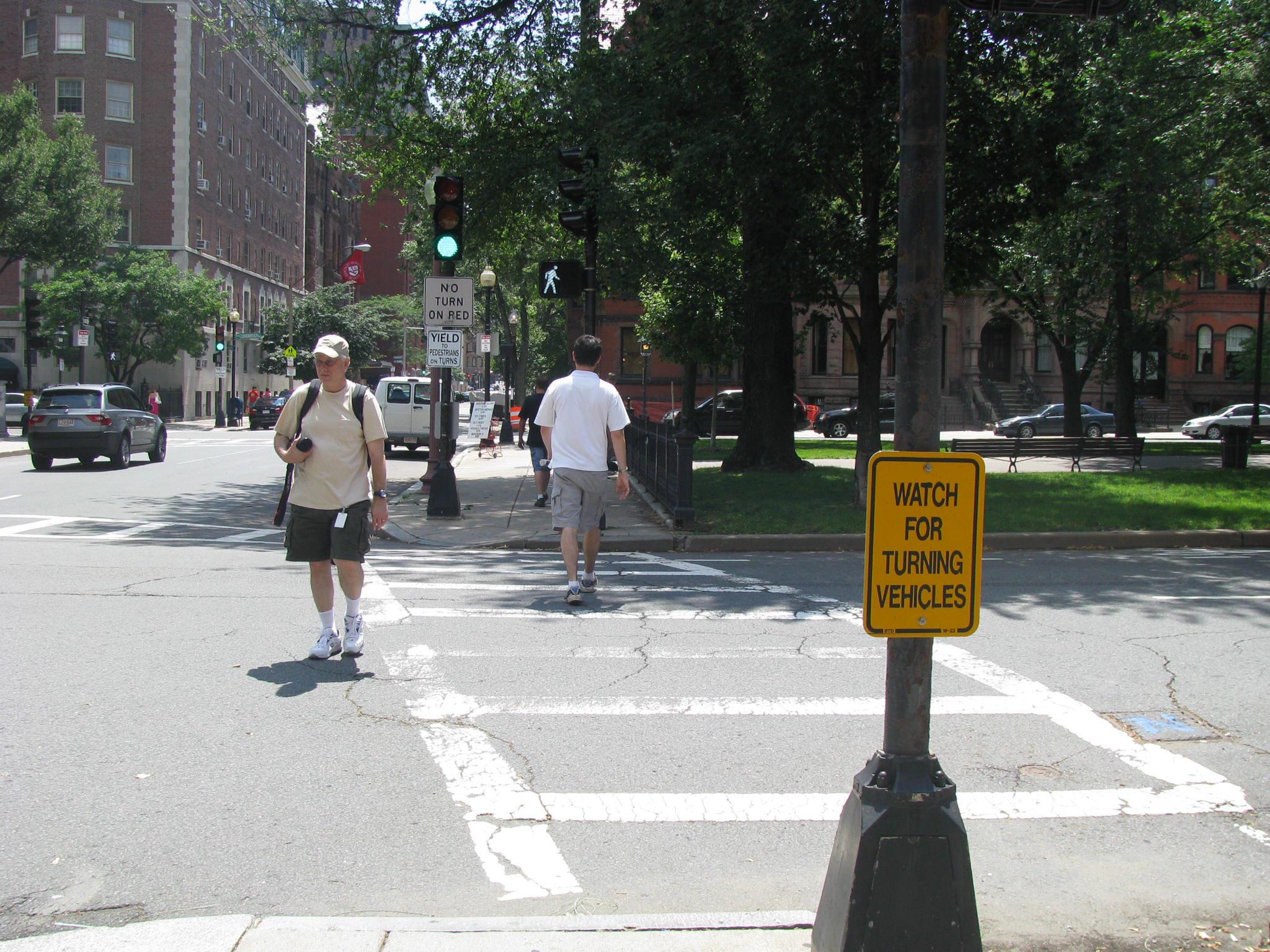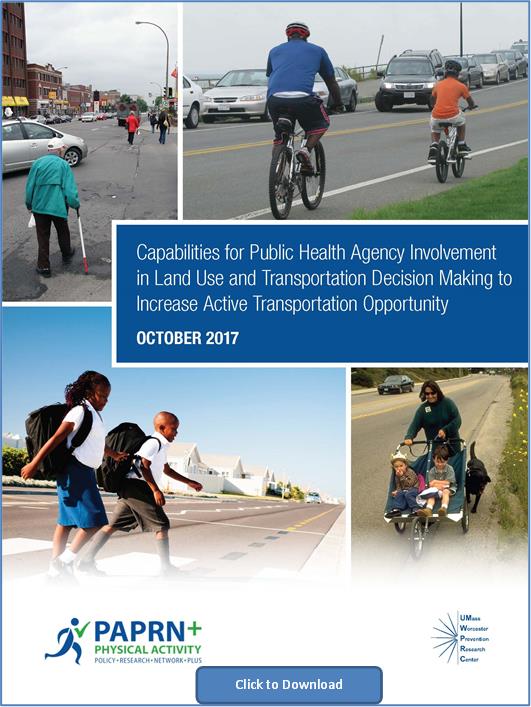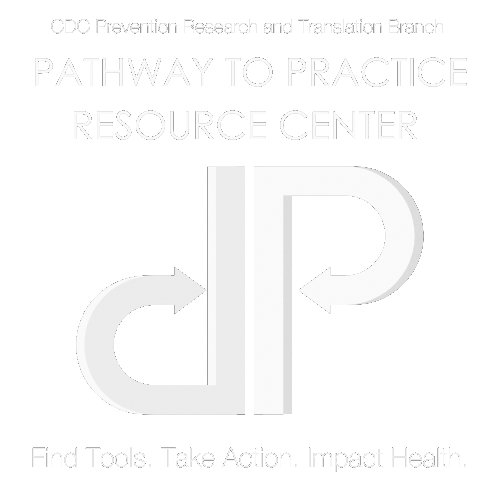Physical Activity and the Built Environment
The way a community is built influences the physical activity of community members. Streets can be built so that people can drive and bike safely together. Sidewalks can be made to encourage people to walk. A city can decide where to place parks, and how to design them so that people of all ages and abilities can enjoy them.
Although local health departments are responsible for seeking ways for communities to be healthy, our research has found that they are typically not involved in making decisions about community streets and land. How can they get involved?
Through our work with the Physical Activity Policy Research Network (PAPRN+) we are working toward helping local health departments play a larger role in making decisions in their communities. We first defined standards for how health departments could participate in making community decisions, and then surveyed health departments across the country about their experience in these areas.
We put the results together in the document "Capabilities for Public Health Agency Involvement in Land Use and Transportation Decision Making to Increase Active Transportation Opportunity". This document presents a research-based tool that local health departments (LHDs) and other public health sector entities can use to strategically plan how to be involved in the processes to improve walking and biking opportunities in their communities.
To learn more about this work, you can read:
 -Karin Valentine Goins' blogs with NACCHO (National Association of County & City Health Officials):
-Karin Valentine Goins' blogs with NACCHO (National Association of County & City Health Officials):
1. How Local Health Departments with the Fewest Resources Can Increase Active Transportation
2. How Local Health Departments with Moderate Resources Can Increase Active Transportation
3. How Local Health Departments with the Most Resources Can Increase Active Transportation
-A quick summary in our Research Brief: Local Health Department Engagement in Community Physical Activity Policy
-Publications:
1.Developing Core Capabilities for Local Health Departments to Engage in Land Use and Transportation Decision Making for Active Transportation
2.Local Health Department Engagement in Community Physical Activity Policy
Stephenie Lemon, PhD and Karin Valentine Goins, MPH are leading the PAPRN+ Collaborating Center (the Physical Activity Policy Research Network Plus), a Special Interest Project of the UMass Worcester Prevention Research Center. PAPRN+ is a thematic network of Prevention Research Centers that studies the effectiveness of health policies related to increasing physical activity in communities. PAPRN+ is created by the Centers for Disease Control and Prevention with funding from the Division of Nutrition and Physical Activity at CDC.
 A tool for health agencies to use in strategic planning to support physical activity and build environment work
A tool for health agencies to use in strategic planning to support physical activity and build environment work
